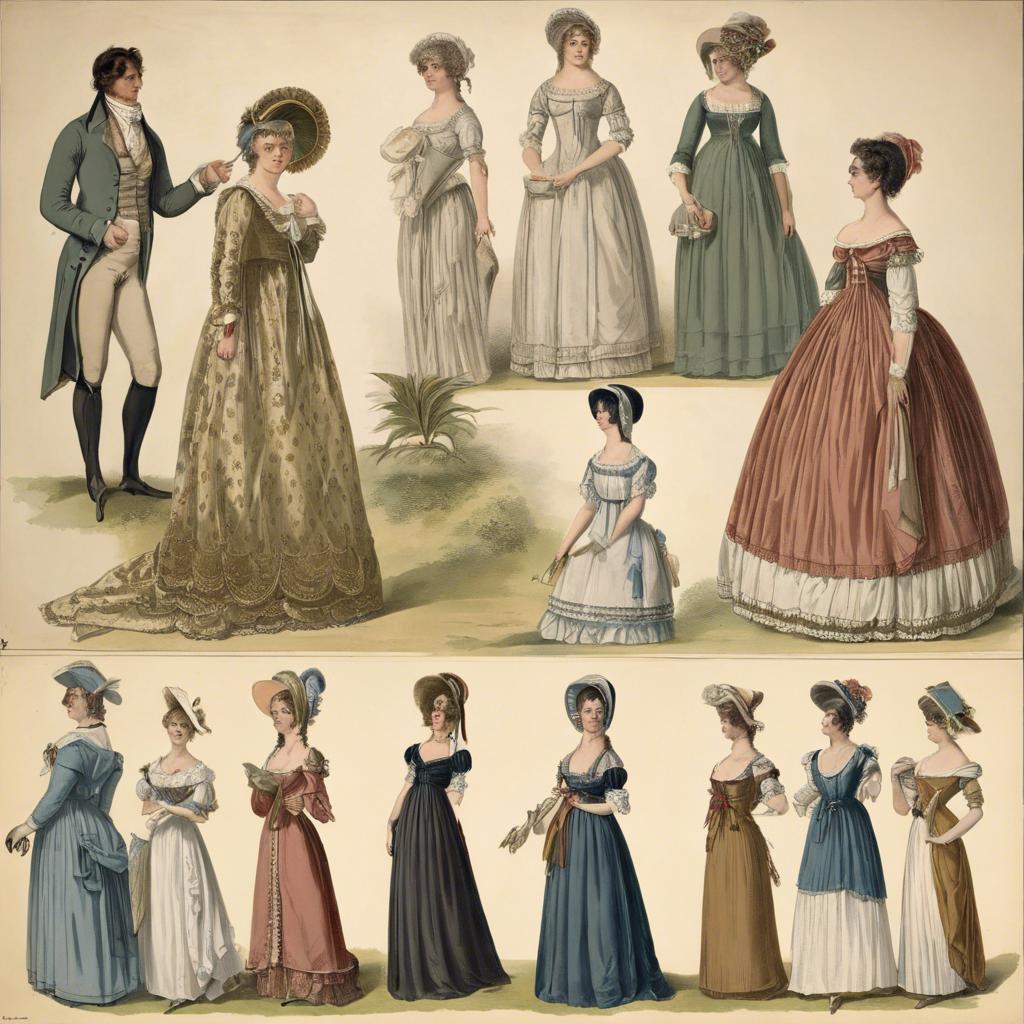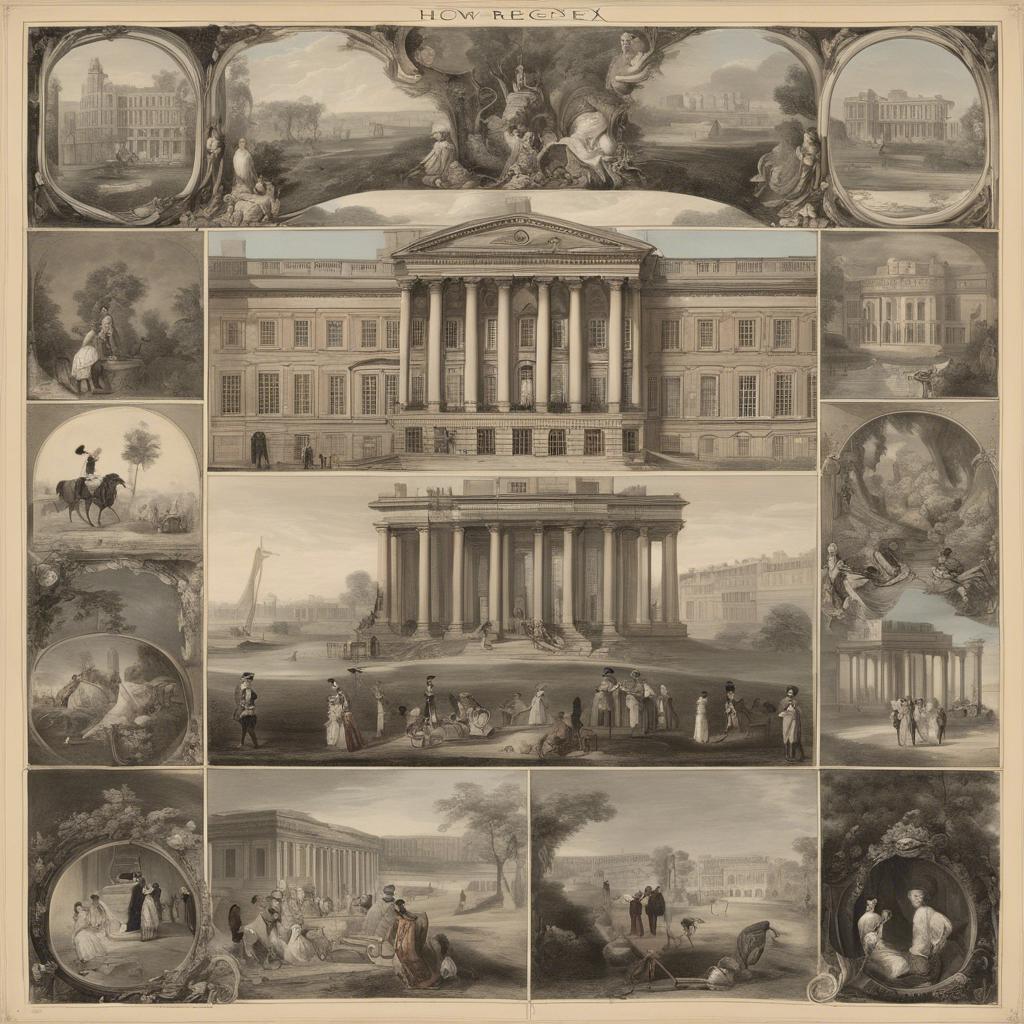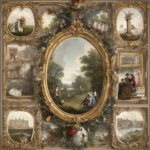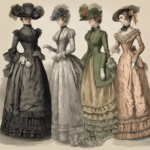The Regency Era, a defining period in British history, was marked by regency era newspapers”>significant political and social changes. But how long did this transformative era actually last? Delving into the nuances of this intriguing time period reveals a timeline filled with complexity and evolution. In this article, we will explore the duration of the Regency Era and the impact it had on the course of history.
Step Into the World of Cheryl Bolen
Dive into the enchanting stories of love, intrigue, and elegance set in the Regency Era. Cheryl Bolen's novels offer timeless romance and captivating tales that will leave you wanting more.
Explore Cheryl Bolen's Books Now
Overview of the Regency Era Length
The Regency Era, a time of elegance, romance, and political change, lasted from 1811 to 1820. This period in British history is best known for the rule of Prince George, the Prince Regent, who acted as regent for his father, King George III, due to the king’s declining mental health. The Regency Era came to an end with the death of King George III and the ascension of Prince George as King George IV.
During the Regency Era, society underwent significant transformations in terms of fashion, culture, and politics. This era saw the rise of the Romantic movement in literature and art, as well as the emergence of new architectural styles such as Regency architecture. The Regency Era was also marked by social unrest, with events such as the Luddite riots and the Peterloo Massacre highlighting the growing tensions between the working class and the ruling elite.
the Regency Era was a pivotal period in British history, setting the stage for the Victorian era that would follow. It was a time of great change and innovation, with lasting impacts on society, culture, and politics. The Regency Era may have been relatively short in length, but its influence continues to be felt to this day.
Key Events and Influences during the Regency Era
The Regency Era in British history lasted from 1811 to 1820 and was characterized by the rule of Prince George IV as Prince Regent. This period was marked by significant events and influences that shaped the political and social landscape of the time.
Key Events:
- The Napoleonic Wars: The Regency Era saw the final years of the Napoleonic Wars, a series of conflicts between Napoleon Bonaparte’s French Empire and various European powers.
- Industrial Revolution: The Industrial Revolution was in full swing during the Regency Era, leading to rapid urbanization, technological advancements, and social changes.
- The Peterloo Massacre: In 1819, a peaceful pro-democracy rally in Manchester turned violent when cavalry charged into the crowd, resulting in casualties and sparking outrage across the country.
Influences:
- Romanticism: The Regency Era was a time of great artistic and literary creativity, with the rise of the Romantic movement influencing poetry, literature, and art.
- Fashion: The Regency Era is synonymous with elegant and elaborate fashion, popularized by figures such as Beau Brummell and reflected in the clothing of the time.
- Social Reform: The era saw growing calls for social reform, including movements for workers’ rights, women’s rights, and abolitionism.
Factors Contributing to the Durability of the Regency Era
included significant political stability, cultural advancements, and economic prosperity. During this period, the British government experienced a sense of continuity and strength under the leadership of the Prince Regent, who later became King George IV. This stability allowed for a flourishing of artistic and literary achievements, with notable figures such as Jane Austen and Lord Byron making their mark on the era.
Cultural advancements played a crucial role in shaping the longevity of the Regency Era. The period witnessed a renewed interest in classical architecture, literature, and fashion. The Regency style, characterized by its elegant simplicity and refinement, became synonymous with the era. Additionally, the rise of social gatherings such as the salon and the assembly room provided opportunities for intellectual exchange and artistic expression, further solidifying the era’s cultural legacy.
Economic prosperity was another key factor in the endurance of the Regency Era. The Industrial Revolution transformed the British economy, leading to increased wealth and social mobility. The growth of industries such as textiles, manufacturing, and trade fueled urbanization and consumerism. This economic boom facilitated the rise of a new middle class, who played a significant role in shaping the cultural and social landscape of the era.
Expert Analysis on the Socio-political Impact of the Regency Era
During the Regency Era, which lasted from 1811 to 1820, there were significant social and political changes that had a lasting impact on British society. The era was marked by the rule of the Prince Regent, later King George IV, during the period of his father King George III’s incapacity due to mental illness. This period of transition and uncertainty led to shifts in power structures and societal norms.
One of the key aspects of the Regency Era was the emergence of new social classes and the rise of the middle class. This shift in social hierarchy brought about changes in the cultural landscape, with an emphasis on manners, fashion, and social propriety. The architecture of the time, characterized by the regency style, also reflected these societal changes, with elegant and symmetrical designs that showcased wealth and refinement.
The Regency Era also saw significant political developments, including the Napoleonic Wars and the Congress of Vienna, which reshaped the balance of power in Europe. The era was characterized by political intrigue, with factions vying for control and influence. The reforms instituted during this time, such as the Corn Laws and the Peterloo Massacre, also had a lasting impact on British politics and society.
Concluding Remarks
the Regency Era, lasting from 1811 to 1820, was a pivotal period in British history marked by political, social, and cultural changes. The influence of King George IV during this time left a lasting impact on the nation, shaping its future trajectory. As we look back on this fascinating era, we gain a greater appreciation for the enduring legacy it has left behind. The Regency Era may have been relatively short in duration, but its significance cannot be understated. It stands as a testament to the resilience and adaptability of the British people in the face of numerous challenges. Join us in continuing to explore and learn from this rich chapter in history.


